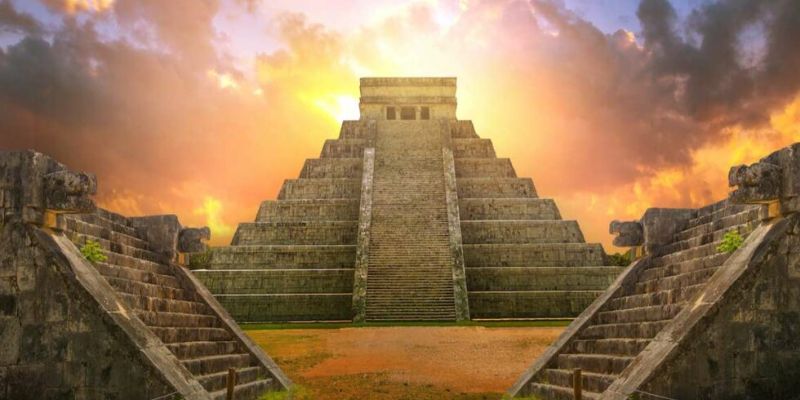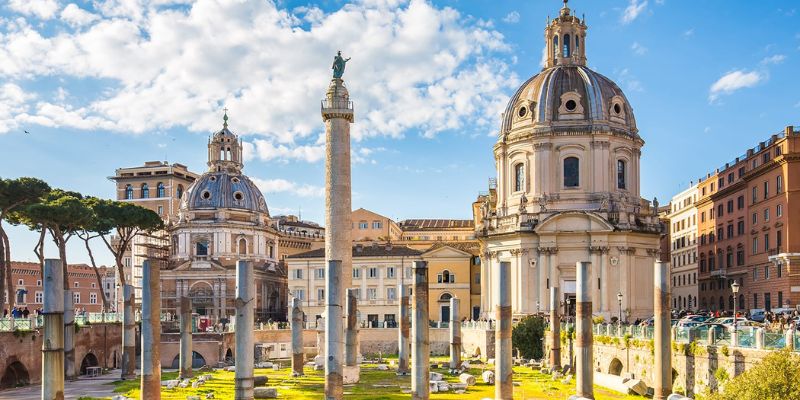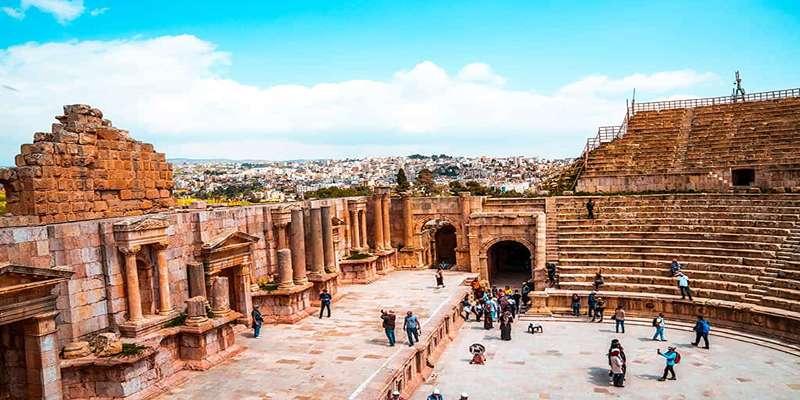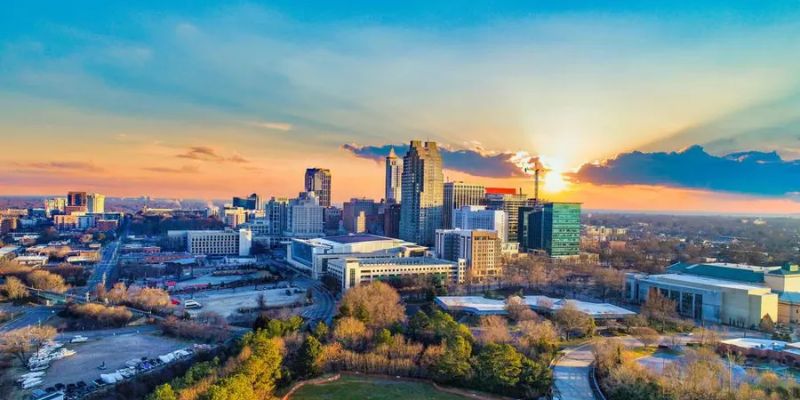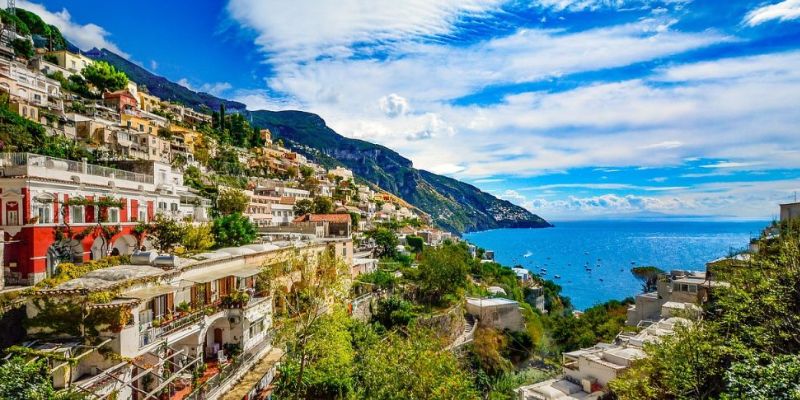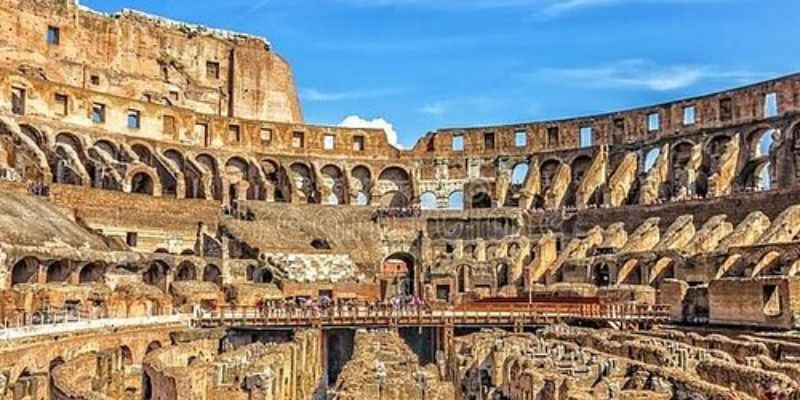Have you ever wondered what some of the most incredible architecture in history looked like? The Mayan civilization was a genius for building beautiful temples filled with breathtaking artwork, intricate decorations, and impressive construction.
With advanced architectural techniques, including step pyramids, archways, and courtyards, these amazing complexes were constructed more than two thousand years ago and stand firm today.
Let's journey back in time as we explore some of the most stunningly preserved Mayan temples across Central America.
Overview of Mayan History and Culture
The Maya civilization flourished in Mesoamerica from around 2000 BCE to 1500 CE. Known for their advanced achievements, the Maya developed complex city-states with magnificent architecture, including pyramids, palaces, and temples.
They excelled in mathematics and astronomy, creating a precise calendar system. Their hieroglyphic writing, deciphered by scholars, provides valuable insights into their history and culture.
Agriculture, trade, and social hierarchy were significant aspects of Maya society, with a ruling elite, commoners engaged in farming and craft production, and enslaved people.
Religion was central to worshiping a pantheon of deities and ritual practices, including bloodletting and human sacrifice. The decline of the Maya civilization is attributed to various factors, such as environmental degradation, warfare, and political instability.
However, modern Maya communities continue to uphold their cultural heritage, preserving indigenous languages, crafts, and traditions. The Maya legacy remains fascinating due to its artistic, scientific, and intellectual accomplishments.
List of the Most Spectacular Mayan Temples Around the World
- Tikal (Guatemala): Tikal is one of the largest and most impressive Mayan archaeological sites. Its iconic temples, such as Temple I (Temple of the Great Jaguar) and Temple II (Temple of the Masks), rise above the rainforest canopy.
- Chichén Itzá (Mexico): Chichén Itzá is a UNESCO World Heritage site and home to the famous El Castillo (Temple of Kukulcan). This pyramid-shaped temple is renowned for its intricate carvings and the impressive serpent shadow that appears during the equinoxes.
- Palenque (Mexico): Palenque boasts elegant and well-preserved temples. The Temple of the Inscriptions is particularly noteworthy, housing the tomb of the Maya ruler Pakal the Great.
- Copán (Honduras): Copán showcases remarkable sculptural artistry. The Hieroglyphic Stairway, adorned with intricate carvings, and the imposing Temple 16 are among the highlights.
- Tulum (Mexico): Tulum is known for its stunning coastal setting. The Temple of the Frescoes, vibrant murals, and the Castillo overlooking the turquoise waters are major attractions.
- Uxmal (Mexico): Uxmal features majestic structures, including the Pyramid of the Magician and the Governor's Palace. The intricate geometric patterns and ornate facades are remarkable.
- Calakmul (Mexico): Calakmul, hidden deep in the jungle, is home to impressive temples, such as Structure II and Structure VII, which offer breathtaking panoramic views from their summits.
These Mayan temples showcase the architectural brilliance and cultural significance of the ancient Maya civilization and are must-visit destinations for history and archaeology enthusiasts.
Chichen Itza in Mexico
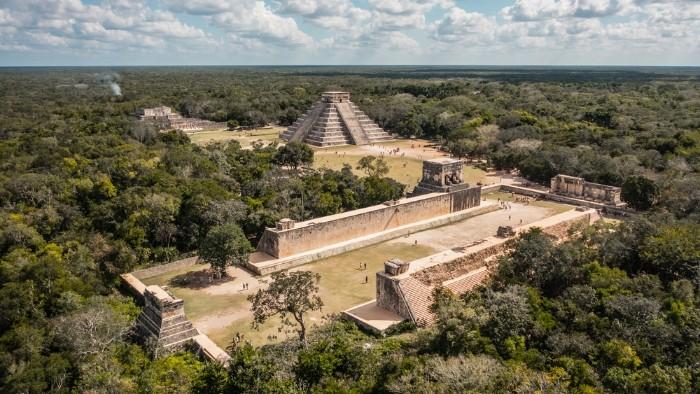
Chichen Itza is a remarkable ancient city located in Mexico's Yucatan Peninsula. Recognized as one of the New Seven Wonders of the World and a UNESCO World Heritage site, it holds immense historical and cultural significance.
The centerpiece of Chichen Itza is El Castillo, also known as the Temple of Kukulcan, an awe-inspiring pyramid that showcases the Mayans' architectural prowess. The Great Ballcourt, the largest in Mesoamerica, is a testament to the Mayans' sporting traditions.
The Temple of the Warriors and the Thousand Columns complex exhibit intricate carvings and sculptures, capturing the artistic skill of the Maya civilization. The Sacred Cenote, a sacred sinkhole, adds mystery and spirituality to the site.
Chichen Itza's alignment with astronomical events and the famous serpent effect during the equinoxes showcase the Mayans' advanced knowledge of astronomy.
Visiting Chichen Itza immerses oneself in this ancient city's wonder and grandeur, providing a glimpse into the fascinating world of the Maya civilization.
Tikal in Guatemala
Tikal, located in Guatemala's dense rainforests, is a mesmerizing archaeological site that showcases the grandeur of the ancient Maya civilization. Known for its majestic pyramid structures and the surrounding natural beauty, Tikal offers a captivating experience. Here is an overview of Tikal:
- Impressive Architecture: Tikal is home to towering pyramids, including Temple I (Temple of the Great Jaguar) and Temple II (Temple of the Masks). These pyramids rise above the rainforest canopy, providing breathtaking views of the surrounding landscape.
- Great Plaza: The central area of Tikal, known as the Great Plaza, is a vast open space adorned with temples, palaces, and ball courts. It served as a ceremonial and administrative hub, reflecting the power and importance of the city.
- Temple IV: One of the most iconic structures in Tikal is Temple IV, also called the Temple of the Two-Headed Serpent. It is the tallest pyramid in Tikal, offering panoramic views of the entire site when climbed.
- Wildlife and Nature: Tikal is situated within the Tikal National Park, a UNESCO World Heritage site. The park is home to diverse wildlife, including howler monkeys, jaguars, and numerous bird species, creating a unique blend of ancient ruins and natural wonders.
- Sacred and Ritualistic Significance: Tikal was a significant religious and ceremonial center for the Maya. The structures and inscriptions reveal the rituals, sacrifices, and astronomical observations conducted by the ancient Maya.
Exploring Tikal allows visitors to immerse themselves in the awe-inspiring architecture of the Maya, set amidst a lush and vibrant natural environment, creating a truly unforgettable experience.
Tulum in Mexico
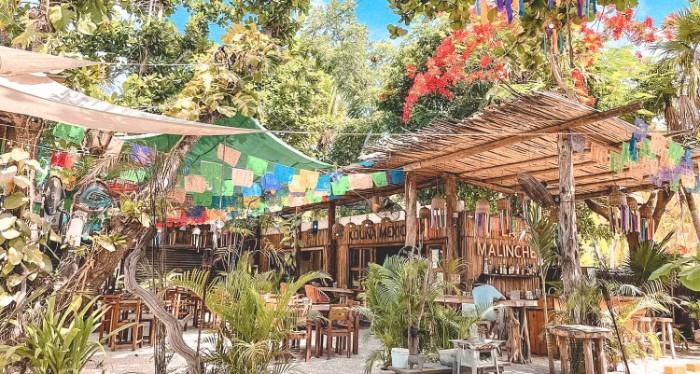
Tulum, located on Mexico's Riviera Maya, enchants visitors with its captivating sunrise vistas at the coastal ruins. Perched on cliffs overlooking the turquoise Caribbean Sea, the ancient city offers a breathtaking blend of archaeological wonders and natural beauty.
The iconic El Castillo pyramid serves as a focal point, providing panoramic coastline views. The Temple of the Frescoes showcases vibrant murals depicting Maya deities. The pristine beaches, crystal-clear waters, and nearby cenotes create a paradise for relaxation and exploration.
Tulum's historical significance, stunning coastal setting, and awe-inspiring sunrises make it a must-visit destination for travelers seeking a unique and mesmerizing experience.
Copán in Honduras
Tulum, located on Mexico's Riviera Maya, enchants visitors with its captivating sunrise vistas at the coastal ruins. Perched on cliffs overlooking the turquoise Caribbean Sea, the ancient city offers a breathtaking blend of archaeological wonders and natural beauty.
The iconic El Castillo pyramid serves as a focal point, providing panoramic coastline views. The Temple of the Frescoes showcases vibrant murals depicting Maya deities. The pristine beaches, crystal-clear waters, and nearby cenotes create a paradise for relaxation and exploration.
Tulum's historical significance, stunning coastal setting, and awe-inspiring sunrises make it a must-visit destination for travelers seeking a unique and mesmerizing experience.
FAQs
Which Mayan temple is considered the most beautiful?
Beauty is subjective, but many consider Tikal's Temple I (Temple of the Great Jaguar) and Chichen Itza's El Castillo (The Castle) among the most beautiful Mayan temples.
How old are the ancient Mayan temples?
The ancient Mayan temples date back to various periods, but many were constructed between 600 and 900 AD during the Classic Maya period.
Are the ancient Mayan temples open to the public?
Many ancient Mayan temples, such as Tikal, Chichen Itza, Palenque, and Tulum, are open to the public for exploration and tourism, allowing visitors to experience their beauty firsthand.
Conclusion
Mayan history and culture have been celebrated and studied for centuries. The beautiful leftovers of this amazing civilization can still be seen on every continent today. Many temples have survived and can be visited by admirers of this ancient civilization. Chichen Itza in Mexico, Tikal in Guatemala, Tulum in Mexico, and Copán in Honduras are just a few of the most breathtaking Mayan temples worldwide.
